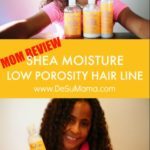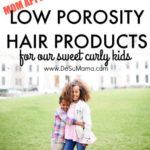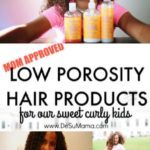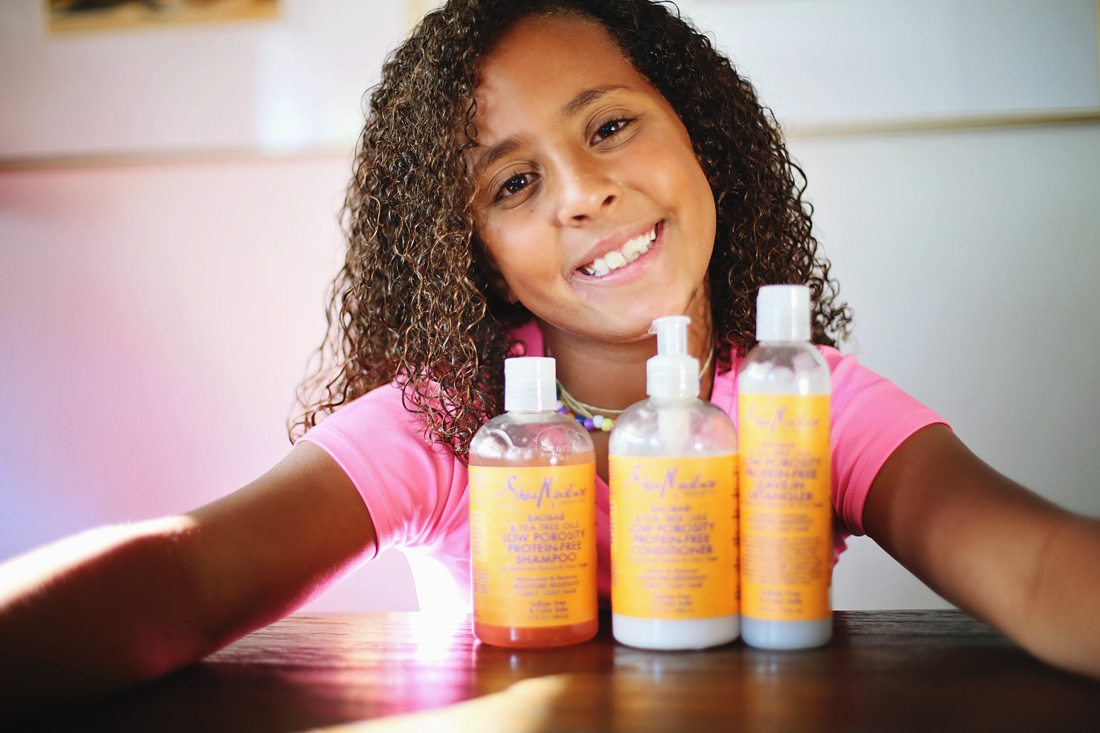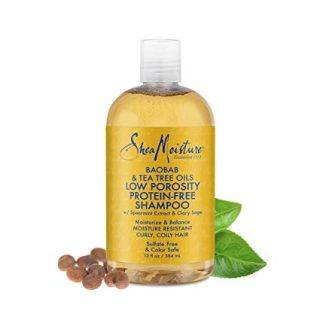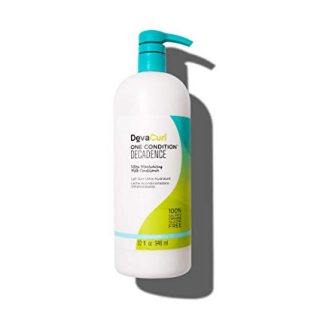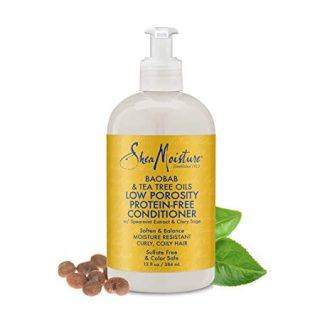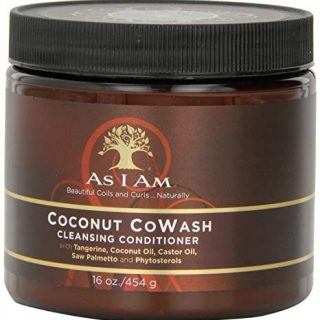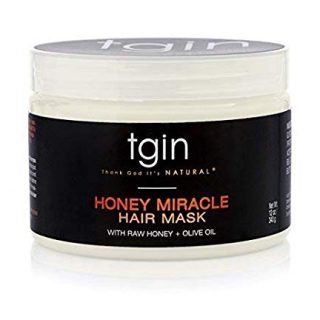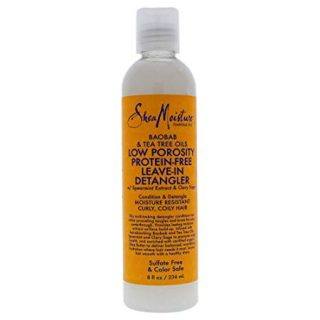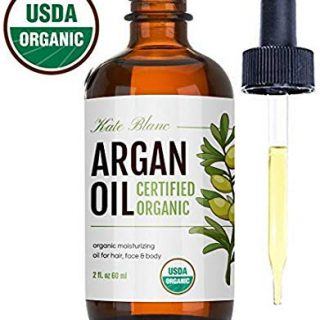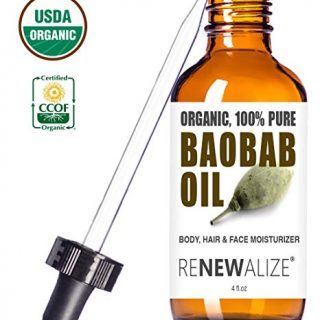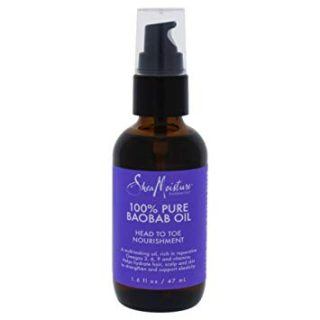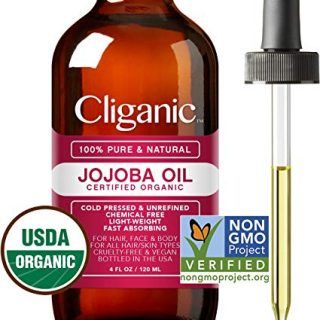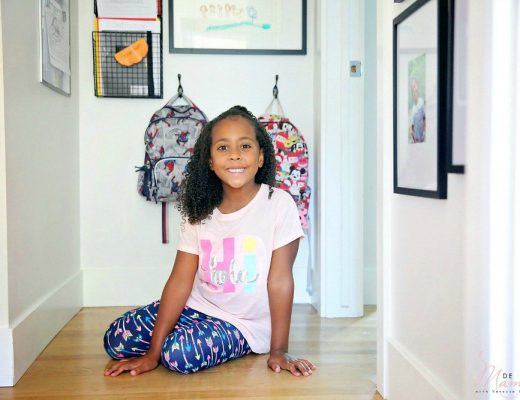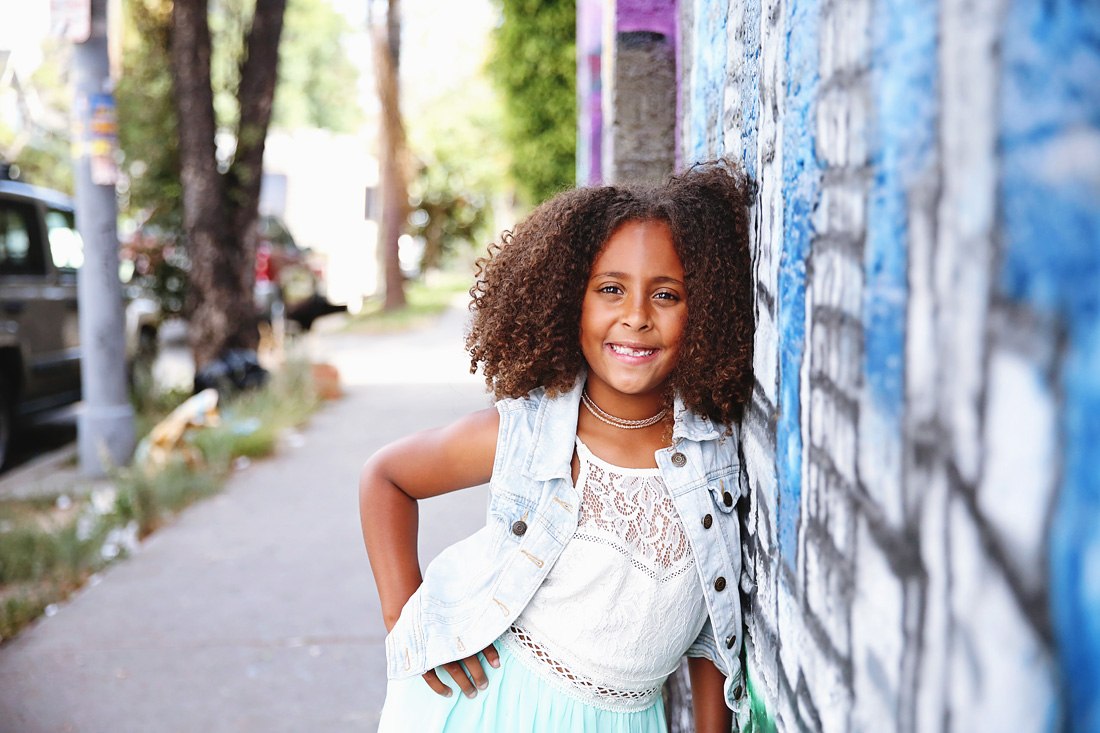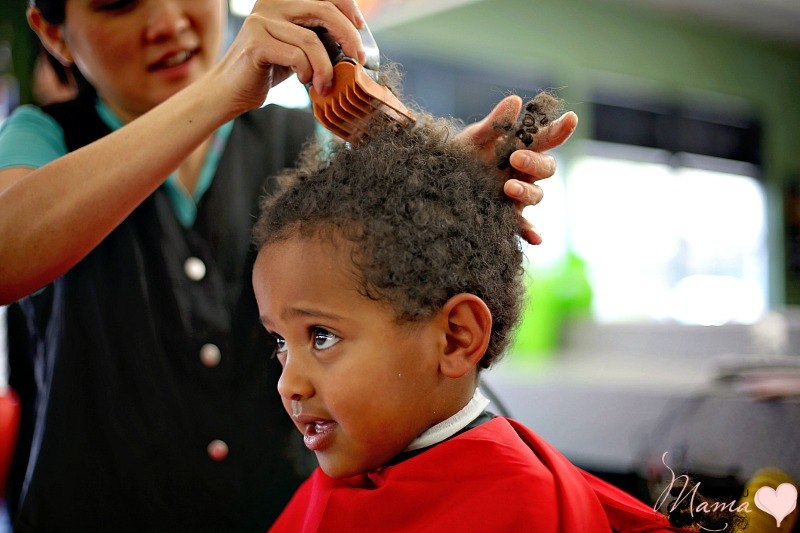I would never tell you how many hundreds of dollars I’ve spent on the “best curly hair products”, but trust me when I tell you they weren’t all that great. I guess that’s why I’ve held off on sharing my favorites because 1) there weren’t always that many products to choose from and 2) I wasn’t totally in love with for my daughter’s 3c to 4c hair (truly mixed hair here!), or even my 3a-3b hair. Thank goodness times have changed and now we’ve got more products than I could have ever hoped! But which ones to choose? For my mixed kids, low porosity products for curly hair stay in our cabinets for occasional use to create beautiful, curly locks.
Understanding Low Porosity Hair
Before we jump into our favorite low porosity natural hair products, I thought it best to briefly go over hair porosity. Everything from how we touch her hair as we wash it to the temperature of the water has been impacted by what we’ve learned. The idea of hair porosity is somewhat new but made sense when I started experimenting with my mixed girl’s hair.
So what is hair porosity exactly?
Porosity refers to the rate that moisture (water) is absorbed – think also about all those great (and often expensive) curly hair products you buy – and is determined by how the cuticles of the hair is formed. Low porosity curly hair has tight cuticles, essentially holding less moisture and doesn’t easily absorb products formulated for normal or high porosity hair (which has open cuticles). Understanding the signs of low porosity hair is HUGE in helping guide our curly hair routine, and more importantly, aid us in choosing the best curly hair products for our kids.
I wrote a huge post on hair porosity detailing everything we learned. I explore the topics below and how we changed our routine…
- Low Porosity Hair Characteristics
- Hair Porosity Test
- Low Porosity Hair Care
- How Often to Wash Low Porosity Hair
- How to Treat Low Porosity Hair Safely with HEAT
- How to Grow Low Porosity Hair
Click here to learn more about Hair Porosity before exploring which low porosity products are right for you.
This post contains affiliate links at no cost to you. Be sure to check out my disclosure page for any questions.
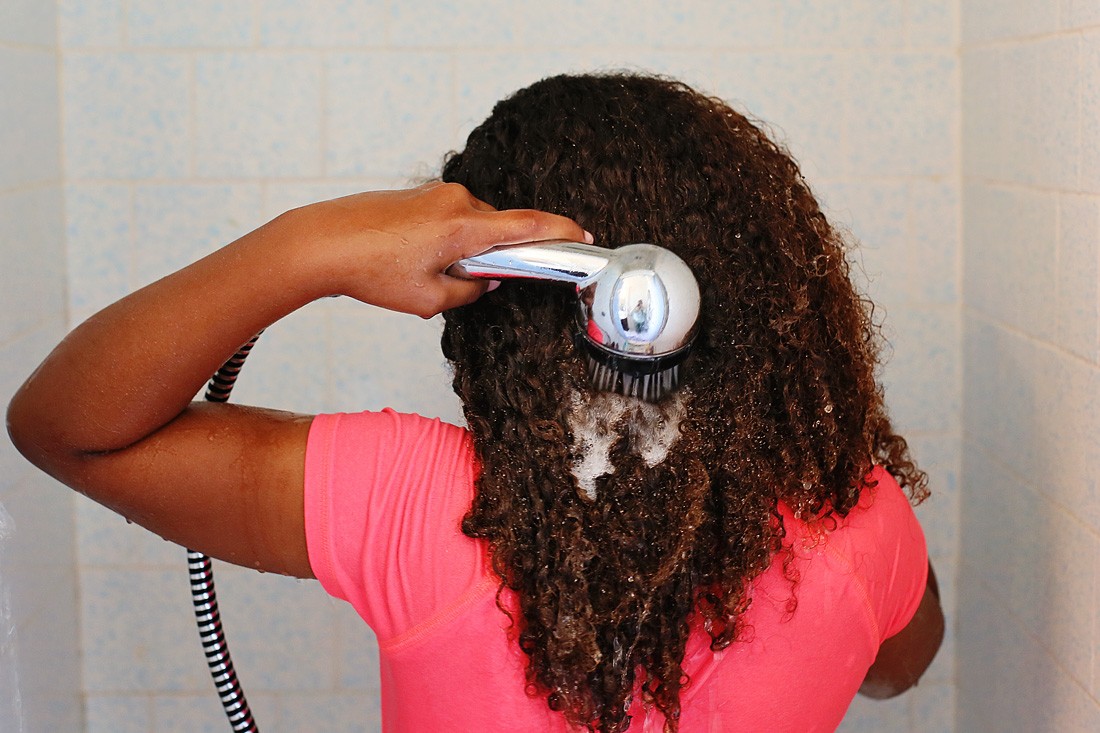 LCO Method for Low Porosity Hair vs LOC Method for Low Porosity Hair
LCO Method for Low Porosity Hair vs LOC Method for Low Porosity Hair
LCO and LOC methods refer to how products are layered in moisturizing and sealing low porosity hair for maximum results. Because low porosity hair is resistant to retaining moisture, the method in which we layer our products is important. This is a huge reason I started to minimize our product lists – why waste so much $$$ on products if the hair won’t even benefit from it? I’m officially in “Product Junkie” Recovery!
LCO Method for Low Porosity Hair
- L is for liquid
- C is for creams
- O is for oils
Remember that low porosity hair has tight cuticles that lay flat. The Liquid (warmed water) will take time to hydrate low porosity hair, but damp hair is the perfect opportunity to add a Cream (often a leave-in conditioner for us), while the Oil will act as a sealant. I’ll note that if we’re doing a down curly hairstyle that week, I’ll substitute a curly hair gel instead of the oil to prevent further product build up. The great thing about low porosity hair is, once captured, moisture stays put, so the proper layering method is almost as important as the products you apply.
Related: Our Ultimate list of Curly Hair Products
Which Low Porosity Hair Products are for us?
Low porosity shampoo: The best shampoo for low porosity hair will be super clarifying. Because low porosity hair suffers from product build-up, finding protein free shampoos to thoroughly clean the hair without adding more stuff on top of the closed cuticles is vital. HOWEVER, don’t go overboard… especially with kids hair. Shampoos specifically for low porosity strip essential oils from the hair. Instead, I’ve adopted a minimal view of products (less HIGH-quality products vs more products) and focused on the proper method of application, which means we need to treat for product build only once every 3-4 weeks.
Protein Free Conditioner: When looking for a conditioner for low porosity hair, consistency is a big deal. I used to think heavy, thick products were best, but for best moisture absorption, I look for conditioners with a consistency that resembles hair milk for our natural curls feeling.
Oils for Low Porosity Hair
This is where we learned the most! I’m not sure why it took me so long but learning that the uber-popular coconut oil is a low porosity #fail. Now I can’t stop exploring all the best oils for low porosity hair and they’ve made a huge difference in all our curly hair.
The biggest change I made in our biracial hair care routine was removing the coconut oil entirely. While we still lather it all over our skin, I no longer apply it to my mixed kids curls.
Did you know that coconut oil for low porosity hair is a major fail? I did not. Turns out, nut oils are heavy and difficult for less porous hair to absorb, resulting in build-up and hair damage. Instead of coconut oil, we turned to light oils for low porosity hair such as the ones below. Here are our absolute favorites…
Best Products for Low Porosity Hair
I'm always looking for protein sensitive hair products for kids with curly hair. Hair products for high porosity hair will contain proteins to fill cuticle gaps and strengthen hair, but those same ingredients can cause damage to less porous hair.
While there is not a ton of protein-free moisturizers for natural hair specifically marketed as such, there are still some really great products that fit the bill. Here's a collection of our favorite low porosity hair products.
SheaMoisture Baobab & Tea Tree Oils Low Porosity Shampoo
From the Shea Moisture Low Porosity line, this shampoo is our go-to clarifying shampoo for low porosity hair. After one use, I realized how much product buildup our hair had been suffering from. I will say, however, that the tea tree oil totally strips and dries the hair… so use it sparingly! For my biracial daughter with 3c/4a/4b mixed hair, I use this every 3 to 4 weeks at the max. Also, especially when using on children, be mindful to not less it get the shampoo lather in their eyes! The tea tree oil is potent and, although we were careful, my girl still had red eyes when she got out of the shower.
As mentioned above, we’ll keep this product as our #1 clarifying shampoo for low porosity hair. I learned a lot from the Shea Moisture shampoo reviews! And since we don’t use this product as often as the conditioners, the small ounce vs price is okay for me.
DevaCurl One Decadence Conditioner
I like the Shea Moisture Low Porosity conditioner (listed below), but I’ve got to call Deva Curl One Conditioner our go-to best curly hair conditioner of all time.
It’s lightweight and super moisturizing. The price point is higher than most, but the 32-ounce tub lasts us all month long.
Shea Moisture Low Porosity (Protein Free) Conditioner
When it comes to a Shea Moisture conditioner that is super hydrating, this is it! After using the clarifying shampoo, I was super concerned that I would have to do a hair masque or treatment, but this low porosity Shea Moisture conditioner was fantastic. It is thicker than the Shea Moisture milk products but is easily absorbed. My only complaint is the small amount it comes in vs. the price point.
As I Am Coconut Cowash Conditioner
This cowash is easy to glide onto hair, smells wonderful and cleans our curls without being super harsh. Oh, and the price point is fantastic too!
tgin Honey Miracle Hair Mask Deep Conditioner
Though not marketed as a low porosity deep conditioner, tgin's Honey Miracle Mask is amazing as such. It is the best protein-free deep conditioner we've tried.
We bought our first hair steamer and are excited to implement heat in our deep conditioning for best curl definition using this deep conditioner with a few drops of low porosity hair oils (listed below).
Shea Moisture Low Porosity Leave-In Detangler
I’ll admit to not having high hopes for this leave-in conditioner for low porosity hair – it looked more like curly hair gel than a leave-in conditioner.
This Shea Moisture Low Porosity Leave-In product totally coats the hair cuticle and seals in the moisture without a bunch of unnecessary ingredients and, like gels for low porosity hair, but does not provide any hold for styling.
I really loved the results but I’m bummed with the packaging. I’m a busy mom so easy to use containers are a big deal to me and this product feels like it should be in a wide jar. Also, although I don’t mind spending on great products that we use weekly, I do wish this protein-free leave-in conditioner came in a higher ounce quantity.
This bottle would likely only last us 3-4 uses for the amount of hair my child has.
Moroccan Argan Oil
This is our absolute favorite oil! Argan oil is lightweight and super moisturizing. A little goes a long way, and low porosity doesn’t need THAT much oil to begin with, so we always keep a little jar of this at home and focus on applying it on the ends of their curls to prevent damage and breakage.
Organic Baobab Oil
This hair oil lightweight and feels great on our dry curly hair. There's a Shea Moisture version below, but this one is also USDA organic and is great too.
Shea Moisture 100% Pure Baobab Oil
100% pure baobab oil from a brand we love and trust.
Cliganic USDA Organic Jojoba Oil
100% Pure. Naturally cold-pressed unrefined hexane-free oil for hair and face, Great as a base carrier oil.
This fast-absorbing hair oil was the primary ingredient in the EdenBodyWorks deep conditioner that we love. Now I buy this organic jojoba oil and drop a bit into their leave-in conditioners or creams as added moisture.
Shea Moisture Low Porosity
The Shea Moisture Low Porosity line is pretty darn awesome when it comes down to the business of low porosity hair care and exploring the world of protein-free hair products. I’m finding more and more products, but these are our favorites so far. Our low porosity hair care regimen consists of these products, although I don’t use them every week. I read a ton of Shea Moisture products reviews and they’ll all pretty good with an average price point for high-quality Shea Moisture products for low porosity hair.
Although most of us know where to buy Shea Moisture products, these Shea Moisture low porosity products are impossible to find in any drug or grocery store. I’m pretty sure you can’t even find them in stores like Ulta, etc. You’ve got to buy them online! If you find them at a store, let me know!
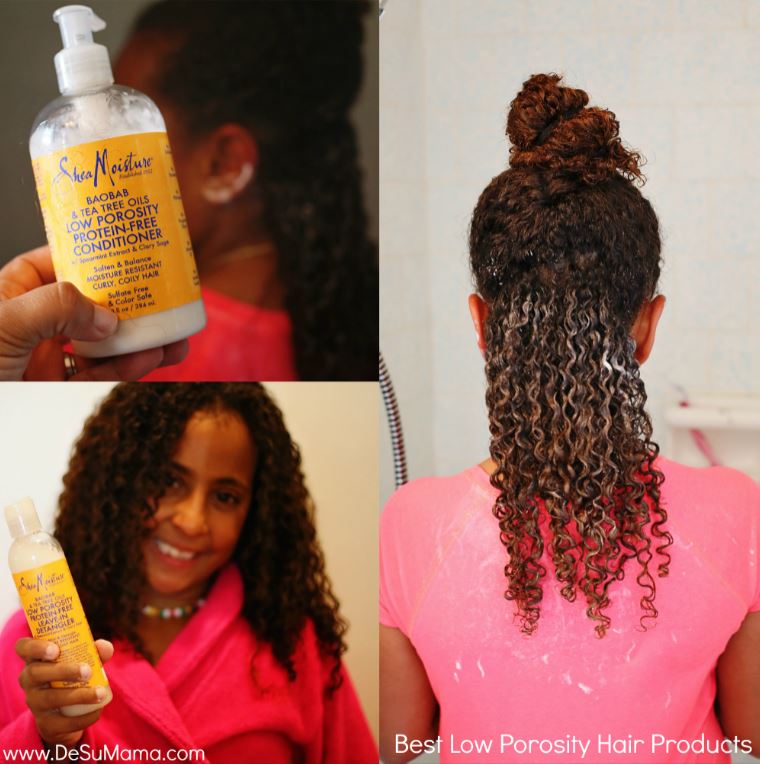
A Final Note On Low Porosity Hair
When we started down this path, I thought my naturally curly hair leaned towards medium porosity but I think I got it wrong. My hair is okay when using my daughter’s low porosity products, but they flourished when I started experimenting with high porosity hair products and implementing a few high porosity hair care tips, specifically taking steps to KEEP moisture in with porous hair treatments.
Encouraged by the changes I’ve seen with my kids’ hair, I started to research high porosity definition and testing my high porous hair with various application methods. I ordered the Shea Moisture high porosity line, which includes a cowash and gel, but I’m far from figuring out what the best products for high porosity hair are. I’m pretty sure they’ll include an emphasis on deep conditioners. One thing is for sure, there are way more high porosity hair products than low. The industry has been totally focused on hair that absorbs more and more products than hair that fairs better with less, so we’ll see where I end up. I’m super excited to start figuring it all out, though!


